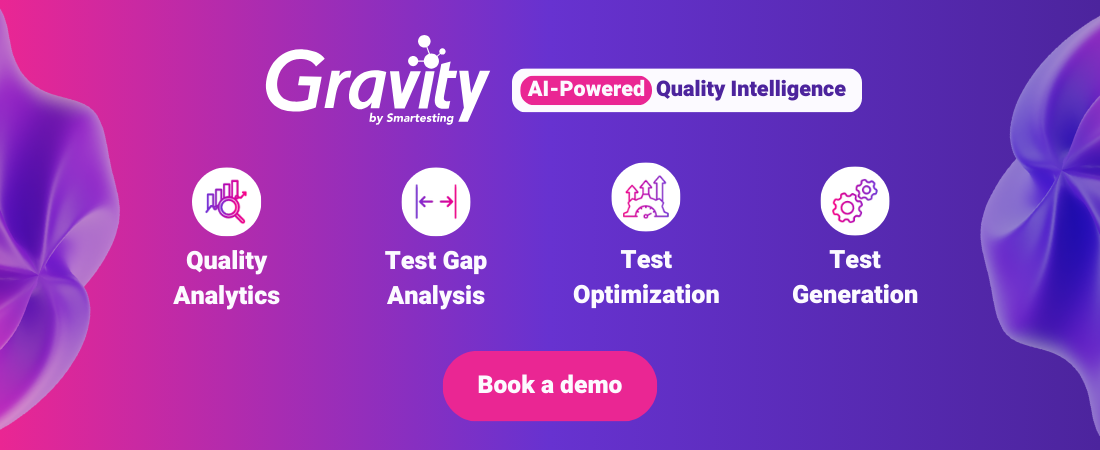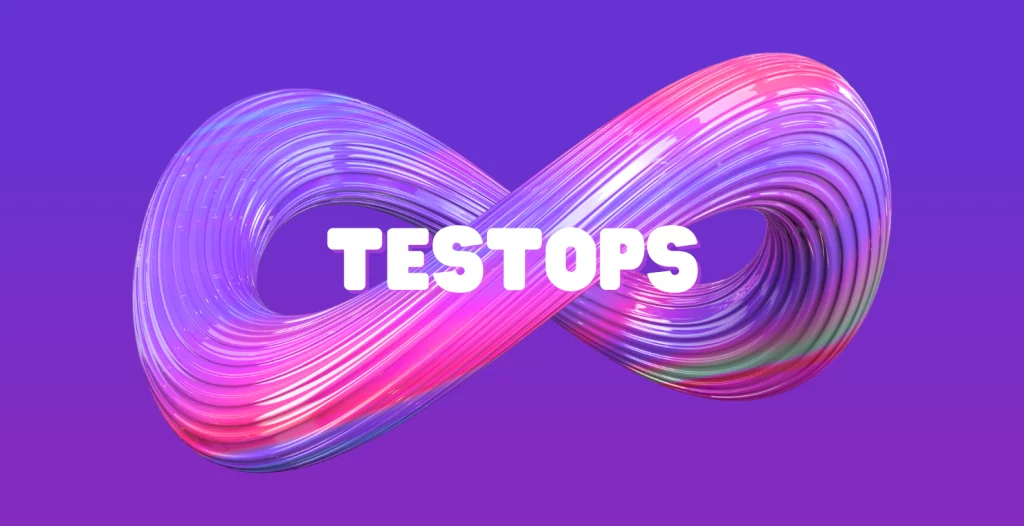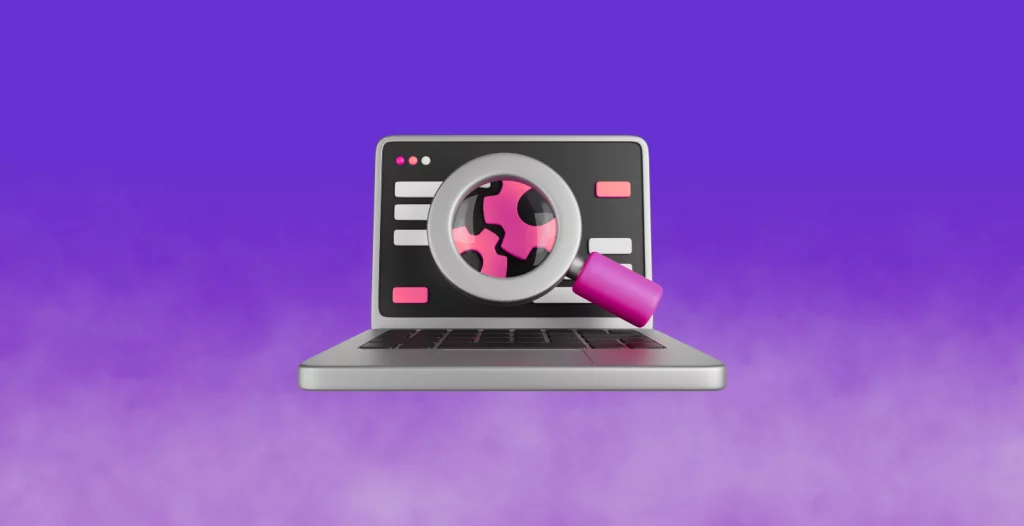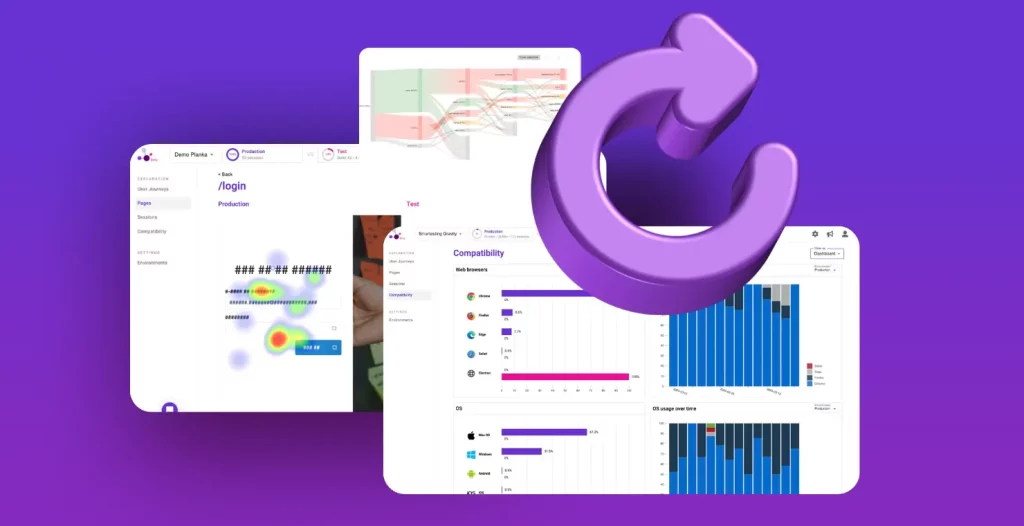Hey there, if you are here is because you want to learn how to Test Smarter so let’s go!!
Test Smarter, Not Harder: Prioritize Regression Test Cases
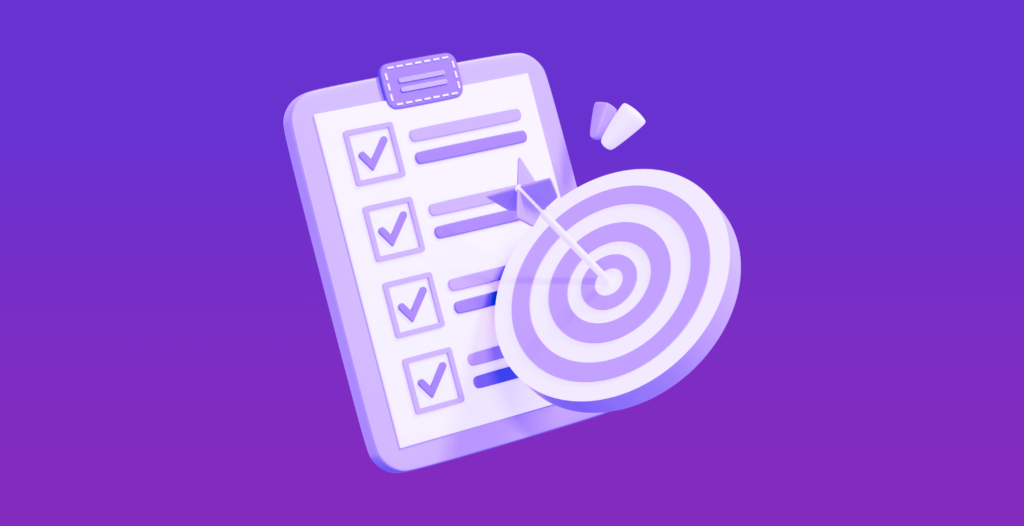
Regression testing is a type of software testing that ensures that previously tested and working functionality continues to work after a change is made. The primary goal is to identify any new defects or unintended impacts on the previously functioning parts of the application due to the alterations. In essence, there are two types of regression testing: Full Regression and Partial Regression. Both approaches aim to validate software post-changes to ensure the modifications haven’t introduced new issues or affected existing functionalities.
However, the primary distinction lies in the testing scope. Full Regression testing encompasses testing all software functionalities, making it more comprehensive but also more time-consuming and resource-intensive. On the other hand, partial regression testing focuses on testing only a subset of the software. That renders it less comprehensive but more time and cost-effective.
Test automation is a powerful tool to alleviate challenges. Especially, when deciding between a full or partial regression, especially in reducing execution time. Reduced execution time leads to quicker feedback on application quality. Nevertheless, this approach is not without its own set of challenges.
Strategies for selecting and prioritizing test cases
As the systems grow in complexity, the scale of automated tests tends to expand exponentially. This growth results in prolonged execution times, sometimes spanning days or weeks. This presents a unique challenge for testing teams. It’s the necessity to strategically select and prioritize tests due to resource constraints and time limitations. The sheer volume of tests can lead to a tipping point where it becomes impractical to execute every test in every regression cycle. The team is then confronted with the critical task of identifying and focusing on high-priority test cases. They employ risk-based testing strategies and continuously maintain and update the test suite to ensure its relevance and effectiveness.
Considering the trade-offs between comprehensive Full Regression testing and more focused Partial Regression testing, along with the benefits and challenges associated with test automation. The crucial strategy in regression testing is to methodically prioritize and select test cases within the suite. This aims to strike a delicate balance between comprehensive coverage and the effectiveness of the testing process. While being mindful of resource limitations and the evolving nature of the software under test. Discover various methods to prioritize test cases, all intended to strike a balance between comprehensive coverage and reducing execution time:
Methods to Prioritize Test Cases
- Risk-Based: Prioritize test cases based on the risk associated with the functionality they test. High-risk areas should be tested first.
- Business Impact: Prioritize test cases that have a high impact on the business. These could be features that have a high business value.
- Historical Defect Analysis: Prioritize test cases focusing on the modules or functionalities that historically tend to have more issues.
- Requirements-Based Prioritization: Prioritize test cases based on the importance of the requirements they cover. Some requirements are more critical than others.
- Code Coverage Analysis: Prioritize test cases that cover more lines of code or changed code, ensuring a comprehensive check of the software’s core functionalities.
- Change Frequency: Prioritize test cases that cover parts of the application that change frequently. These areas are usually more prone to defects.
- Priority Matrix: Develop a priority matrix that combines factors such as business impact, technical complexity, and code coverage to assign priority levels to test cases.
Test Smarter with the Usage-Centric testing approach to determine test case priorities
In this post, our goal is to test smarter by exploring an emerging approach for prioritizing test cases, known as Usage-Centric testing. It emphasizes Usage Frequency as a primary factor in test case priority. Usage-centric testing focuses on monitoring and analyzing the actual usage patterns of a software application in a production environment. This approach aims to prioritize regression test cases by directing testing efforts toward areas of the application that are most frequently used or have the highest impact on users. Outlined in the list below are the benefits of Usage-Centric testing, particularly in the context of End-to-End Regression testing:
Benefits of Usage-Centric Testing Part 1
- High-Impact Area Identification: Usage-Centric testing employs meticulous data collection and analysis to pinpoint the high-impact sections within the application. These key areas often encompass frequently accessed features, essential functionalities, and critical user journeys, ensuring a targeted approach to testing.
- Data-Driven Test Case Selection and Prioritization: This approach significantly enhances the selection and prioritization of test cases by closely aligning them with actual user interactions and key scenarios. Consequently, it results in a more refined test coverage, primarily focusing on critical user journeys.
- Bridging the Gap with Real User Interactions: By eradicating the disparities between assumed scenarios during End-to-End Regression testing planning and real user interactions, Usage-Centric testing brings a practical perspective rooted in genuine user interactions within the dynamic real-world environment.
- Uncovering Implicit Use Cases: A distinct advantage of the Usage-Centric testing approach is the revelation of implicit use cases and scenarios that might not have been explicitly documented in the initial requirements, thereby ensuring a more comprehensive testing process.
Benefits of Usage-Centric Testing Part 2
- Exploring Unusual User Paths: In addition to routine user interactions, Usage-Centric testing uncovers unique and less common user paths. This encompasses edge cases and critical yet infrequently encountered user interactions.
- Scenario Diversity: The methodology of Usage-Centric testing aims to replicate a diverse range of real-world scenarios encountered by users. That includes various user personas and their preferences, usage patterns, devices, and environmental conditions.
- Reducing Redundancy: Directing comprehensive testing efforts towards high-impact areas reduces redundancy, streamlining the testing process. Meanwhile, lower-priority areas undergo lighter testing, optimizing resource utilization.
- Optimizing Resource Allocation: Traditional testing often expends significant resources on less critical or rarely used features, leading to inefficiencies. Usage-Centric testing, however, ensures optimal resource allocation by concentrating efforts on critical software aspects.
- Testing Efficiency: By channeling resources efficiently toward the most critical areas of the software, Usage-Centric testing ensures a more effective and efficient testing process, as opposed to evenly spreading efforts across the entire application.
- Dynamic Adaptation: The adaptability of Usage-Centric testing is a key feature. It continually monitors and adapts priorities in line with evolving usage patterns, ensuring the approach remains aligned with current user and business needs.
Test Smarter: Gravity comes to the rescue
Gravity operates as a powerful tool applying the Usage-Centric methodology to actively monitor and analyze real-time production data. Its primary function is to identify:
- usage patterns
- frequently accessed features
- critical user journeys,
All, enabling the prioritization and creation of test cases. This approach aims to enhance testing efficiency, broaden coverage, optimize resource allocation, and elevate overall software quality by directing testing efforts to the most relevant aspects of the application. This targeted approach significantly impacts user satisfaction and the success of the business.
To achieve these objectives, Gravity continuously monitors real user interactions within the production environment. All gathered data is securely stored in a GDPR-compliant cloud environment that is free of personally identifiable information (PII), ensuring maximum security and privacy. Utilizing raw, unstructured data, AI Agents can identify usage patterns and promptly prioritize test cases in real-time covering common usage behaviors, frequently accessed features, and crucial end-to-end user journeys.
Gravity’s ability to monitor testing environments allows it to conduct a comprehensive test gap analysis. It reveals insights to enhance your testing strategy. By comparing the paths taken by real user interactions in live production with the tests conducted in testing environments, Gravity generates data-driven insights. These insights empower testing teams to test smarter. How? By spotting gaps in coverage, identifying over-tested or under-tested features, and recognizing redundant testing efforts in less critical areas. Gravity bridges the gap between assumed testing scenarios and real user interactions, aiding in test case selection and prioritization. Testers can prioritize regression testing based on actual user behavior, enhancing planning effectiveness and minimizing reliance on assumptions.
Conclusion
In summary, the Usage-Centric approach for prioritizing regression test cases brings a wealth of advantages to software testing and allows you to test smarter. By focusing on how often features are used, one can pinpoint crucial areas within an application and align tests with real user experiences. This method uncovers hidden use cases, explores unique user paths, and mimics various real-world scenarios, all while reducing redundant efforts and optimizing resources. This approach doesn’t just make testing more effective and efficient, but it also adapts dynamically to changing user patterns and business needs. In essence, Usage-Centric testing revamps the testing process by concentrating on essential areas and actual user behaviors, ultimately ensuring top-notch software quality and user satisfaction.






